Bank of Canada Rate Announcement Oct 21st, 2015
It’s Business As Usual
The Bank of Canada today announced that it is maintaining its target for the overnight rate at 1/2 per cent. The Bank Rate is correspondingly 3/4 per cent and the deposit rate is 1/4 per cent.
The last couple of days have provided a lot for Canadians to talk about. Obviously a lot of people are wondering how the promised spending changes outlined by the new Liberal government are going to impact Canada in the months and years to come! So without adding much to the conversation, the Bank of Canada didn’t really surprise anyone by simply maintaining the overnight rate. It’s business as usual, nothing really to see here!
According to the Monetary Policy Report (included below): “Canada’s economy is expected to grow by 1.1 per cent this year before accelerating to 2.0 per cent in 2016 and 2.5 per cent in 2017.”
“The resource sector is continuing to adjust to lower prices, and…these complex adjustments will take considerable time. Our inflation-targeting regime will help facilitate these adjustments. Canada has seen this movie before—we’ve managed it well in the past, and I’m confident we will continue to manage it well in the future.” —Stephen S. Poloz Governor, Bank of Canada Calgary, Alberta 21 September 2015
There will be one more announcement this year on December 2nd.
Here are the announcement dates for 2016:
- Wednesday 20 January*
- Wednesday 9 March
- Wednesday 13 April*
- Wednesday 25 May
- Wednesday 13 July*
- Wednesday 7 September
- Wednesday 19 October*
- Wednesday 7 December
*Monetary Policy Report published
All rate announcements will be made at 10:00 (ET), and the Monetary Policy Report will continue to be published concurrently with the January, April, July and October rate announcements.
Here is the official press release from the Bank of Canada for your reference.
And the Monetary Policy Report October 2015
Share
RECENT POSTS





